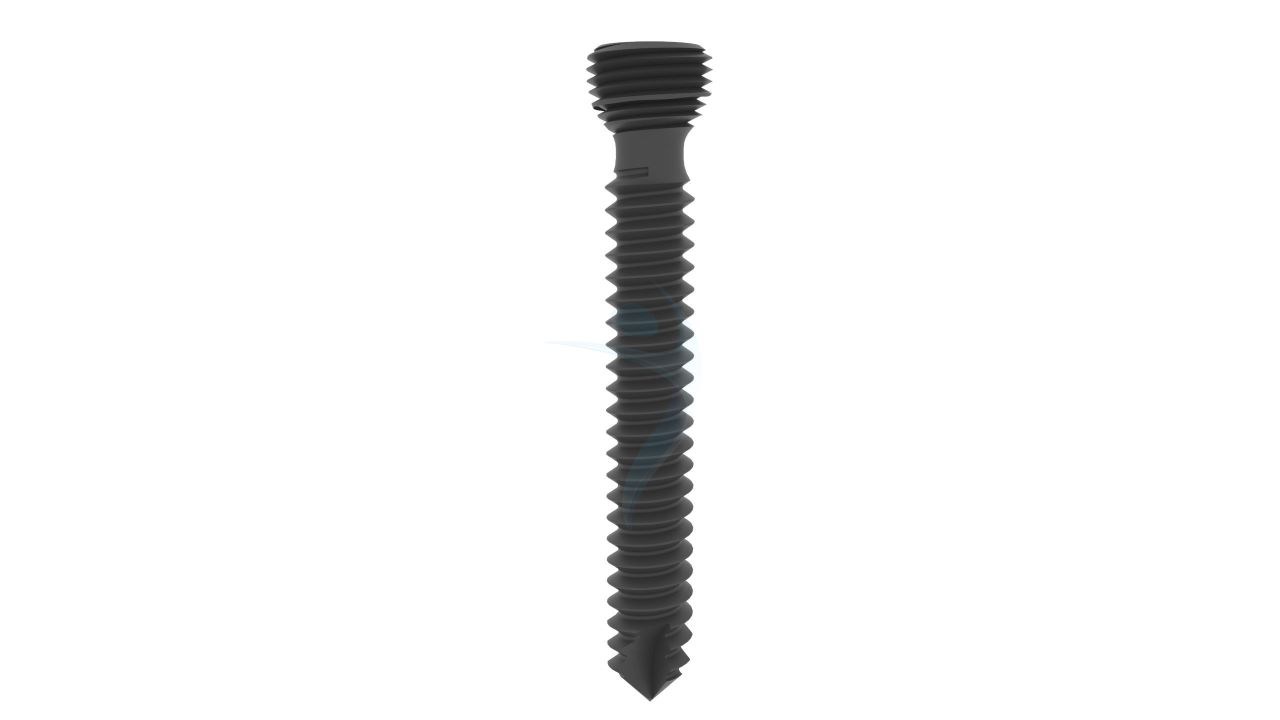Volar Distal Radius Plate - Two Column (Variable Angle)
Product Overview
Introducing our Volar Distal Radius Plate - Two Column (Variable Angle ) a cutting-edge orthopedic implant designed to provide precise and versatile solutions for complex wrist fractures and injuries. With its advanced features, this plate ensures optimal stability and facilitates faster recovery, helping you get back to normal activities sooner. Trust in the quality and reliability of our product, crafted to meet the highest standards in orthopedic care.


















Product Uses
- Distal Radius Fractures : The plate is utilized to stabilize and align fractures of the distal radius, which is the most commonly fractured bone in the wrist.
- Intra-Articular Fractures : It is suitable for managing intra-articular fractures, where the fracture extends into the joint surface of the wrist.
- Extra-Articular Fractures : The plate can effectively stabilize extra-articular fractures, where the fracture does not extend into the joint.
- Comminuted Fractures : It is used for fractures with multiple bone fragments, providing stable fixation for proper healing.
- Osteoporotic Fractures :The plate is particularly useful for fractures in individuals with osteoporotic bone, as it offers superior stability.
- Distal Radius Osteotomies :It is employed in corrective surgeries, such as distal radius osteotomies, to realign the wrist joint.
Product Specification
- Material : made from high-quality medical-grade titanium alloy for strength and biocompatibility.
- Design : A two-column plate design with variable angle screw options to accommodate various fracture patterns and patient anatomies.
- Screw Holes : Multiple screw holes with different angles and orientations for flexible fixation.
- Length : Various plate lengths available to suit different patient sizes and fracture types.
- Width : The plate's width is designed to fit the bone's anatomy and provide optimal stability.
- Locking Mechanism : Locking screws for enhanced stability and angular stability.
Volar Distal Radius Plate - Two Column (Variable Angle) Sizes
Comprehensive Guide for Volar Distal Radius Plate - Two Column (Variable Angle)
- Patient Evaluation : A comprehensive evaluation of the patient's medical history, overall health, and specific wrist condition to determine the suitability for the surgical procedure.
- Imaging Studies : X-rays, CT scans, or MRI may be performed to assess the extent and nature of the wrist fracture or injury.
- Surgical Planning : Surgeons will plan the surgical approach, determine the appropriate plate size, and select the screw angles based on the patient's anatomy and fracture pattern.
- Preoperative Instructions : Patients will receive specific instructions regarding fasting, medication management, and any necessary preoperative tests.
- Anesthesia Consultation : If general anesthesia is required, patients will consult with an anesthesiologist before the procedure.
- Incision : A small incision is made on the volar (palm-side) aspect of the wrist to access the fractured bone.
- Reduction : The fractured bone fragments are carefully realigned (reduced) into their anatomically correct positions.
- Plate Placement : The Volar Distal Radius Plate - Two Column (Variable Angle ) is carefully positioned over the fractured bone, spanning the fracture site.
- Screw Fixation : Variable angle screws are inserted through the plate into the bone to secure the plate in place and stabilize the fracture.
- Confirming Alignment : Intraoperative imaging, such as fluoroscopy, is used to confirm the accurate positioning of the plate and fracture alignment.
- Wound Closure : The incision is closed using sutures or staples, and a sterile dressing is applied.
- Immobilization : After surgery, the wrist may be immobilized using a splint or cast to support healing.
- Hospital Stay : The length of hospital stay may vary based on the extent of the surgery and the patient's recovery progress.
- Pain Management : Pain medication will be prescribed to manage postoperative discomfort.
- Wound Care : Proper wound care and dressing changes will be performed to prevent infection and promote healing.
- Immobilization : A splint or cast may be applied to immobilize the wrist and facilitate healing.
- Physical Therapy : Postoperative rehabilitation with physical therapy will be initiated to regain wrist function and strength.
- Follow-up Appointments : Regular follow-up appointments will be scheduled to monitor the healing process and remove stitches, if necessary.









.png)




